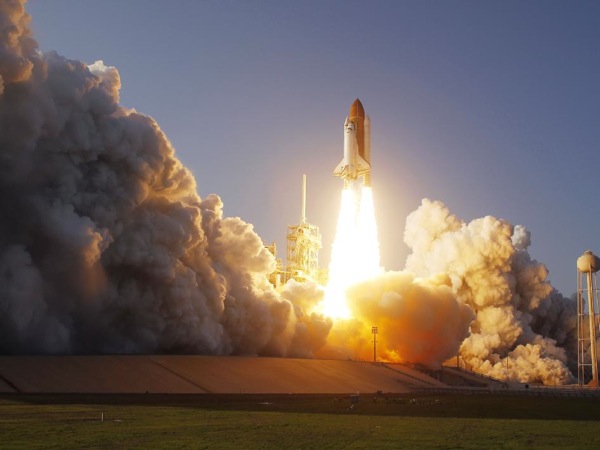There's an upside to the end of the space shuttle program: Now that the shuttle has been grounded, NASA can turn its attention to acres of contaminated soil and groundwater, the result of chemical spills from shuttle launches. And they're doing it in a novel way: with an oil-based emulsion that's made of corn and looks like dressing. The technique was first designed in scribbles on the back of a napkin, perhaps after eating a salad.
Cleaning up the plumes of toxic, carcinogenic chemicals from the spills has cost NASA $128 million over the last 22 years, at Kennedy Space Center alone. (The Air Force has spent another $175 million at Cape Canaveral.) And that's only the beginning. NASA estimates that completing the cleanup could cost the agency another billion, require $50 million more from the Air Foce, and take at least another 30 years — and maybe as many as 100. Some of these toxic plumes cover hundreds of acres and reach up to 90 feet into the ground.
That's where the salad dressing comes in. You wouldn't actually want to eat the stuff, because though it's based on corn oil it's also got iron powder mixed in. But like salad dressing, it can be whipped up in a blender. And unlike more expensive cleanup solutions, it doesn't require you to pump the toxic chemicals out of the ground. The emulsion can be injected directly into the contaminated areas, where the iron binds with solvents and heavy metals and breaks them down into nontoxic salts and gases.


